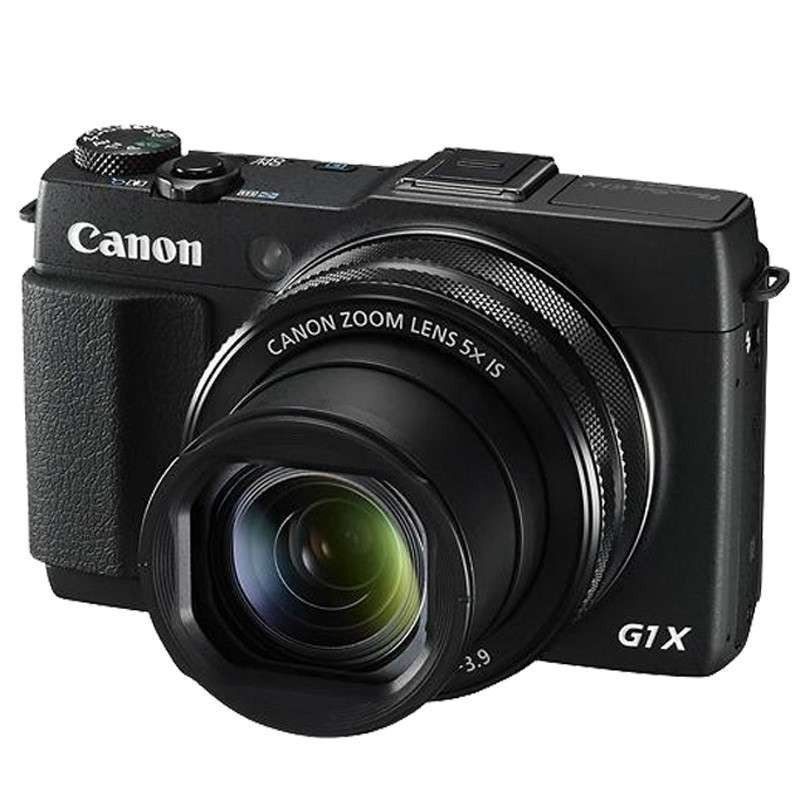
- #Canon Powershot G1 X Mark Ii Night Video Professional Compact Camera
- #Canon Powershot G1 X Mark Ii Night Video Manual Focus Operates
- #Canon Powershot G1 X Mark Ii Night Video Plus Another Set
Canon Powershot G1 X Mark Ii Night Video Professional Compact Camera
(ISO 800) Lori Grunin/CNETCanon G1X Mark II Review : Canon brings PowerShot G1 X Mark II with a redesigned body Canon today introduces the PowerShot G1 X Mark II, the second generation professional compact camera. (Canon names all its compact digital cameras 'PowerShot.') The Canon G1 X is a rich-guy's vacation camera.Both a 24.2MP APS-C CMOS sensor and DIGIC 7 image processor are used to deliver high sensitivity and fast camera performance to suit both stills and video.Canon's noise processing leaves yellow splotches in patterned areas like these in midrange ISO sensitivity images. It handles exactly like any other Canon PowerShot, but a little slower. The Canon G1 X has the same technical image quality as a real DSLR, but with the same slow response of a traditional point-and-shoot.
I don't have direct comparison numbers for the G1 X (that was tested using older methodology), but I can say generally that it's slower in some aspects - notably shot lag - but faster at shot-to-shot and continuous-shooting performance.It takes almost 1.6 seconds to power on, focus, and shoot, which is actually on the fast side for enthusiast-compact cameras - they tend to be a sluggish bunch overall. The lens may have a fast aperture, but it doesn't move that quickly, and I occasionally missed shots waiting for the autofocus to lock. Leveraging an exceptional sensor and capabilities to shoot in an ISO range of 100-25,600, the PowerShot G1 X Mark III By the time I got to the lab testing, I knew the G1XM2 was slow - and the testing confirmed my gut feeling. The housing design now has The G1 X Mark III dares to live up to your expectations, with image quality and a range of features never before seen in a Canon compact camera.
While that isn't particularly fast, it is better than its predecessor.As for continuous shooting, it maintains 3fps JPEG and 0.8fps raw for more than 20 frames with autofocus enabled. (I hate leaving a camera in C-AF mode since it eats up battery life, and the lens makes noise as it constantly moves.) It takes about 1 second for two consecutive JPEGs and 1.3 seconds for consecutive raws - that jumps to about 2 seconds with flash enabled. Much of the time in low-contrast conditions I'd get the "can't focus" icon, sometimes for reasons that I couldn't figure out.On the upside, the focusing system doesn't hunt a lot from shot to shot, even if you turn off the default continuous autofocus setting. In practice, it's even more frustrating. And occasionally, even in good light, the lens would ratchet a little before locking, which would result in missed shots.Focusing and shooting in dim light is exceptionally slow, at 1.3 seconds.
While it's not that big a problem if you shoot "properly" - bracing it under the lens with your left hand - I do a lot of impromptu single-handed shooting, and it doesn't feel very secure.Even if you always use two hands, I find I fumble a little more than usual, and accidentally change settings. It's heavier than its predecessor, but the bigger problem is the small, rubberized grip is simply insufficient for holding it. Sarah TewThe camera's design is more streamlined and conventional than the G1 X, and if it weren't for the slight grip I probably wouldn't have any problem with it. The touch screen feels responsive, and you can use it for navigating though your quick-access settings - though you still have to pull them up via the Func button - navigating and zooming during playback, and touch focus and touch shutter.The two rings on the lens are one of the high points of the G1XM2's design. The continuous autofocus does a pretty good job with subjects moving toward you, but the tracking autofocus, which you need for subjects passing through the frame, only works with touch AF.Though I vastly prefer using an eye-level viewfinder, the G1 X Mark II's LCD performs well in sunlight, so if you don't want to add another $300 or so to the price of the camera, you don't really have to. Frequently, though, it behaves like most full-auto AF, and focuses on whatever's nearest.
Canon Powershot G1 X Mark Ii Night Video Manual Focus Operates
Thanks to the incorporation of focus peaking, which highlights in-focus edges, the manual focus operates smoothly. I say "can" but the camera does really limit you on the options you can attach to the outermost, smooth-rolling ring.Using the clicky inner ring for stepped zoom is very nice, though. For instance, you can set one for stepped zoom and the other for shutter speed in shutter-priority mode, but use one for exposure compensation in aperture-priority mode. There are two rings on the lens - one clicky and one smooth, which you can program for various context-sensitive operations. And it's not like the camera is particularly svelte, so why the skimpy grip?If it weren't for the performance and the grip, I'd really like it for street photography. Canon offers an optional grip, the GR-DC1A ($30, £n/a, AU$65), but seriously - the camera is already $800.

Canon Powershot G1 X Mark Ii Night Video Plus Another Set
Comparative specifications(plus another set of white dots for brightness)Above the thumb rest is a tiny, hard-to-feel button that initiates a search for Wi-Fi access points. Finally, display options and menu buttons sit beneath that. Below that are the manual focus toggle and AF-area buttons, and the typical navigation dial plus exposure compensation, macro, flash, and ISO buttons.



 0 kommentar(er)
0 kommentar(er)
